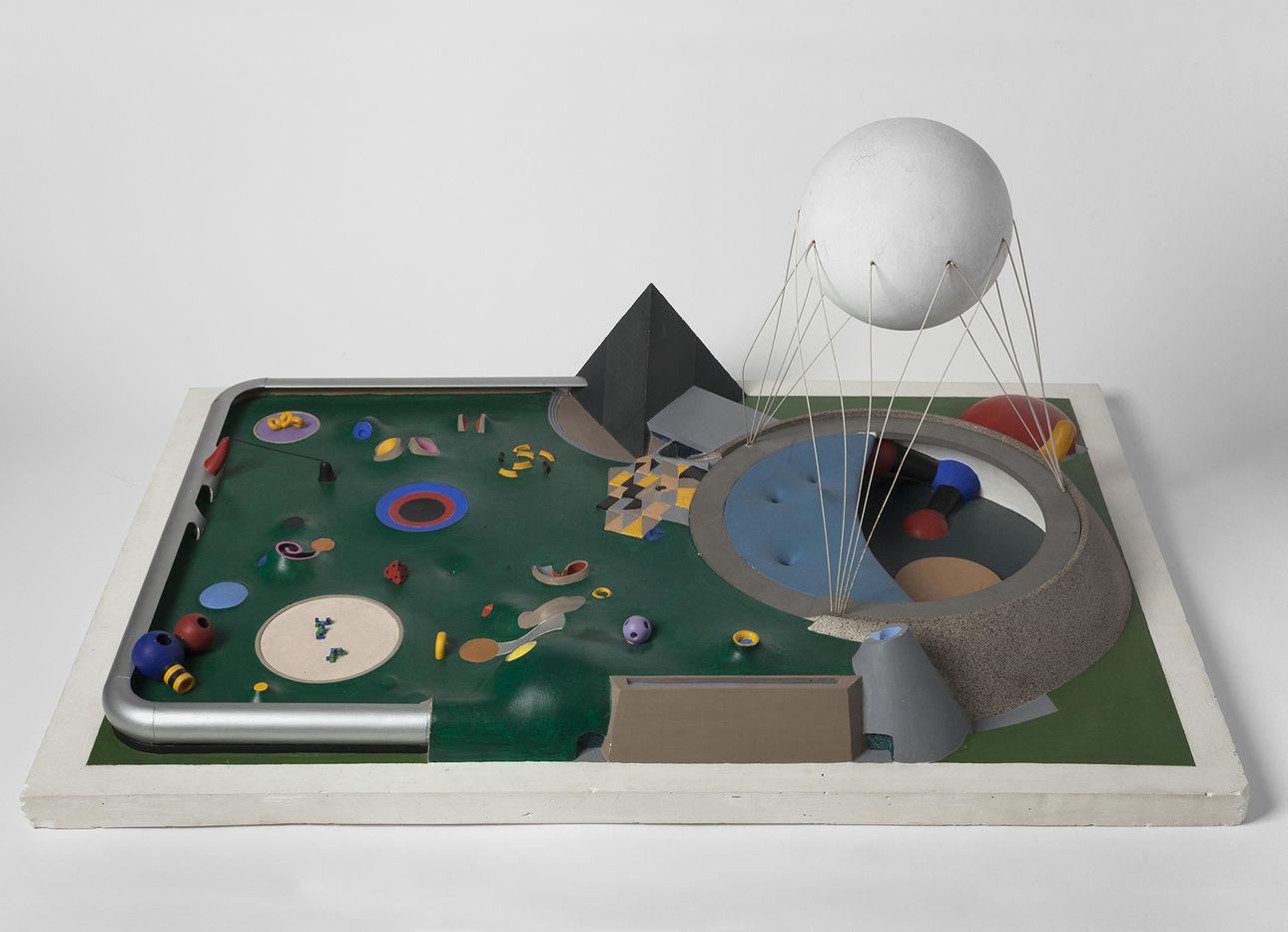
The Noguchi Museum’s Ginormous Online Archive, at Your Fingertips
The lasting legacy of the late Japanese-American artist and designer Isamu Noguchi can be seen everywhere in popular culture, from the influence of his Akari lantern lights, much-imitated and still produced today, to public outdoor artworks, to a coffee table that’s a part of the modernist canon (to the point of parody). These are but mere skims on the surface of a vast and rigorous body of work that included playgrounds, landscapes, plazas, set designs, lighting, furniture, and of course sculpture, his principal mode of making—smooth and contoured abstractions, impossibly carved, polished and stippled from weighty, solid stone. The extent of Noguchi’s prodigious output and mastery is the latest internet rabbit hole to take over our minds and screens—thanks to his namesake museum in Long Island City, Queens, which has spent years digitizing a comprehensive archive and expanded catalog raisonné of his life and work. (Full disclosure: this newsletter’s editor is on the museum’s board.)
Among the more than 60,000 holdings available to peruse digitally are archival photographs, manuscripts, drawings, correspondences (with a nexus of figures from his personal and creative life), as well as never fully realized works. We’re partial to the colorful, undulating playscape, pictured above, he proposed for the U.S. Pavilion at the 1970 World’s Fair in Osaka, a tech-forward expo unusually filled with robotic experiments and inflatables fueled by the Space Age. With an underground exhibition space, “my entry, made with the assistance of Shoji Sadao, was, of course, not that of architecture and may have been a mistake because it was not selected,” reads a memo from Noguchi, who was instead commissioned to create a set of fountains for the fairgrounds: enlarged and elevated cubes that would rain water down, as if defying gravity and propelling into the sky.